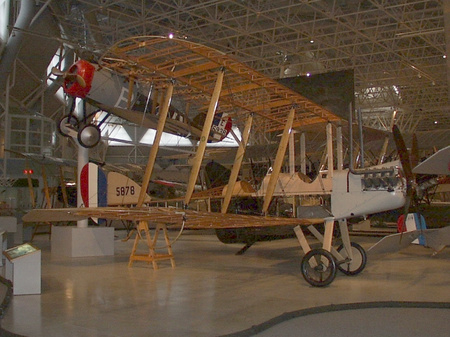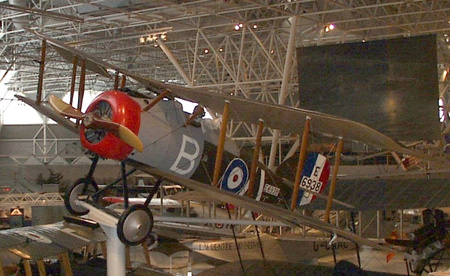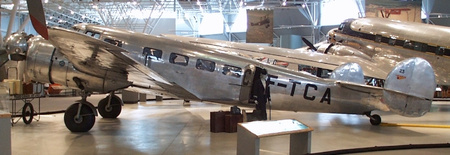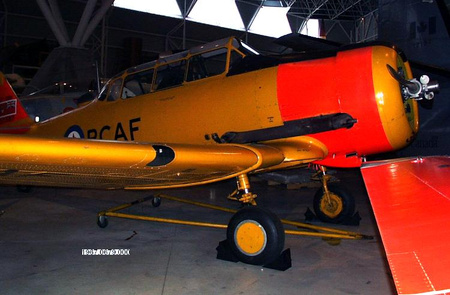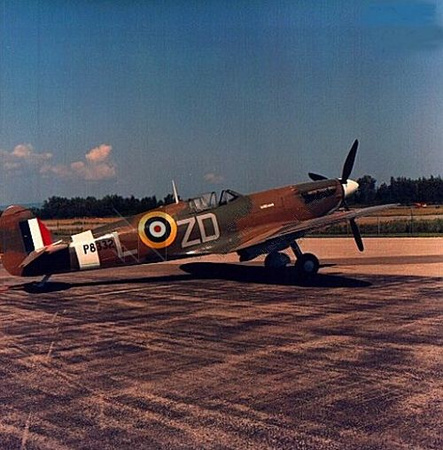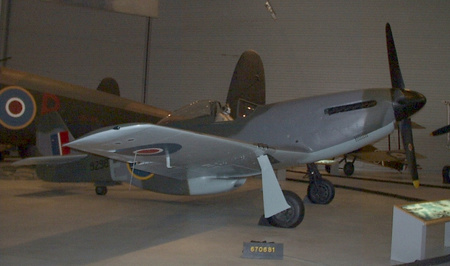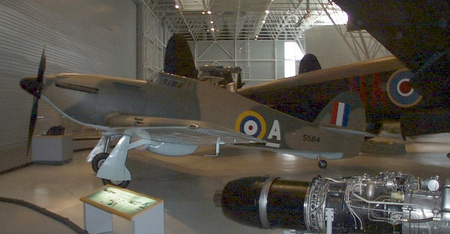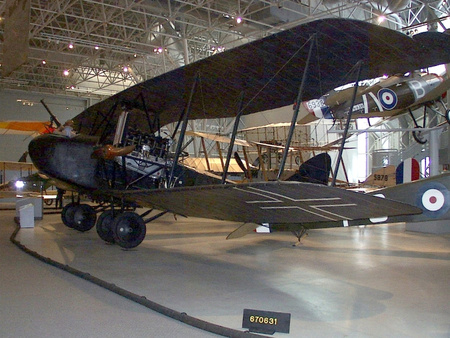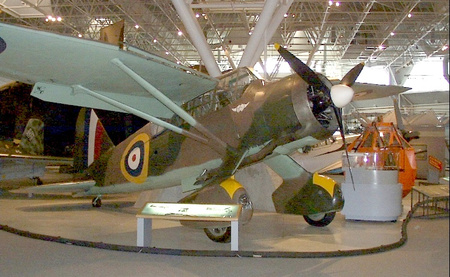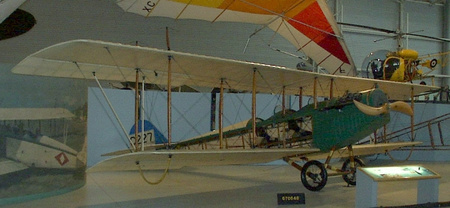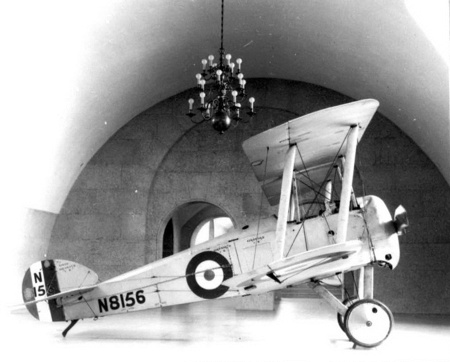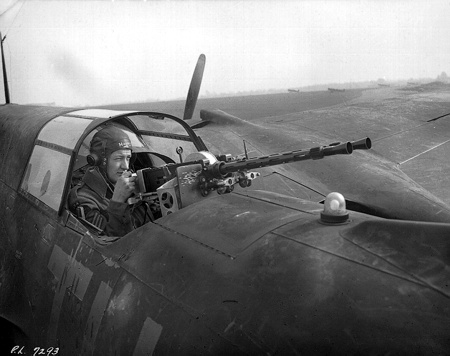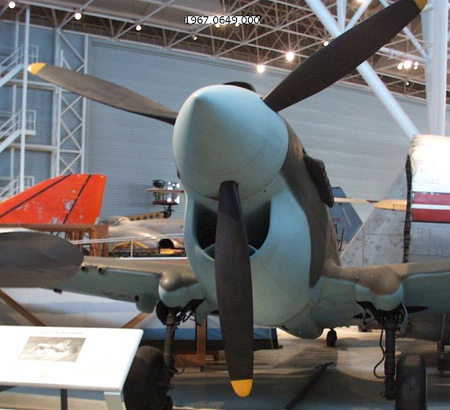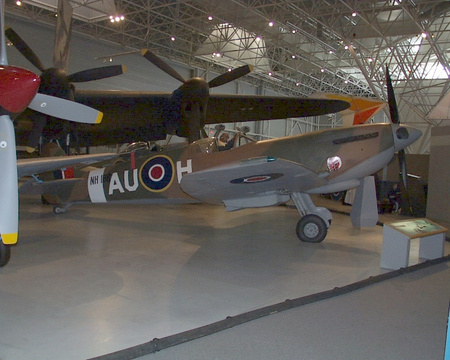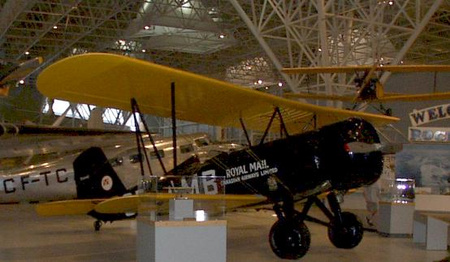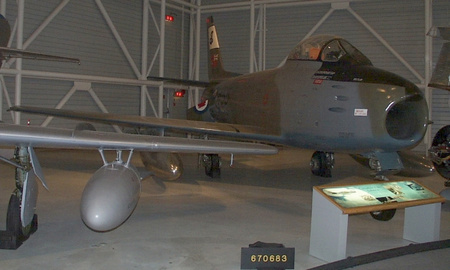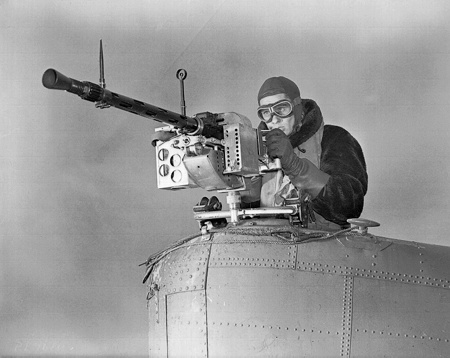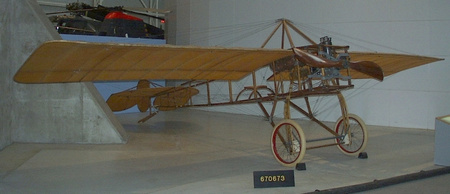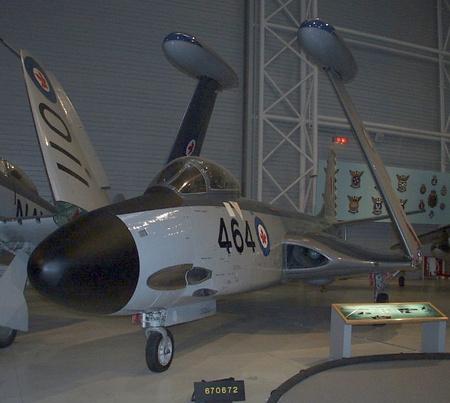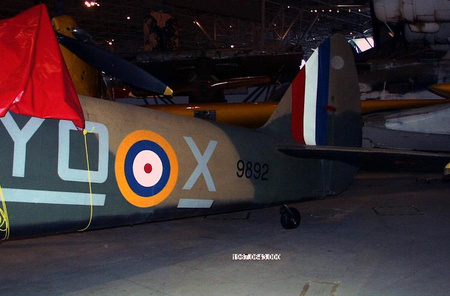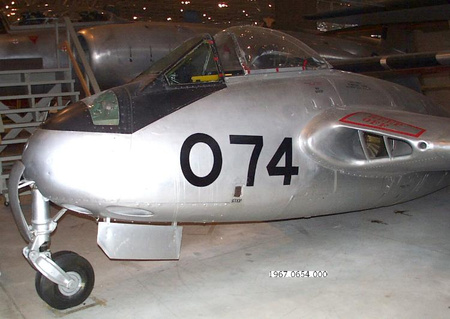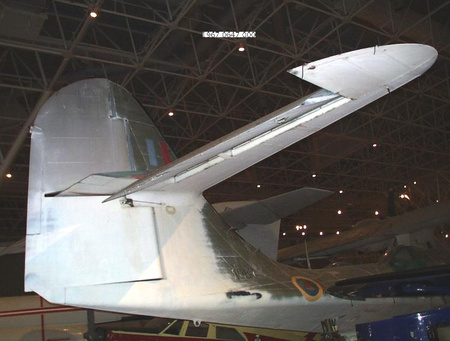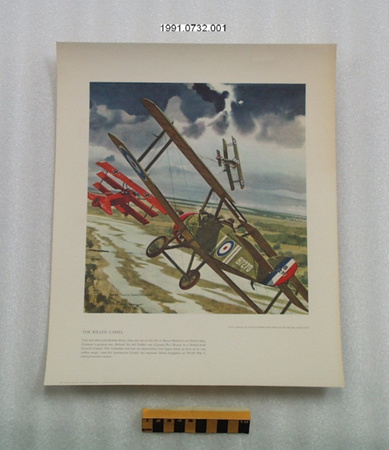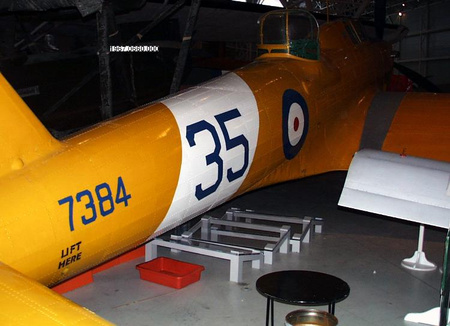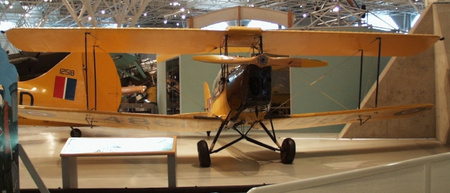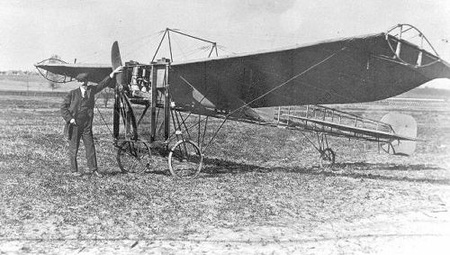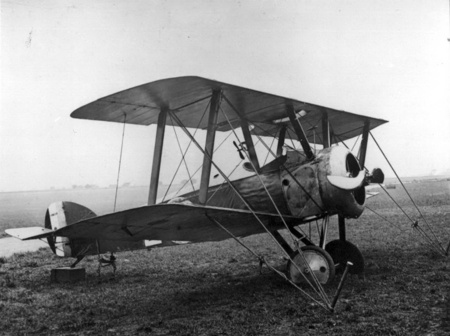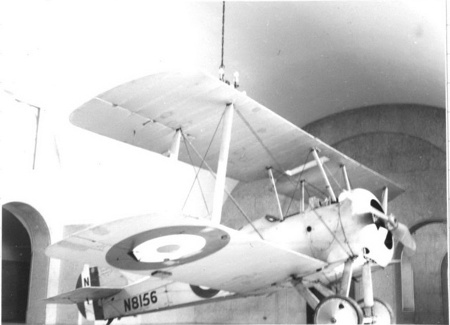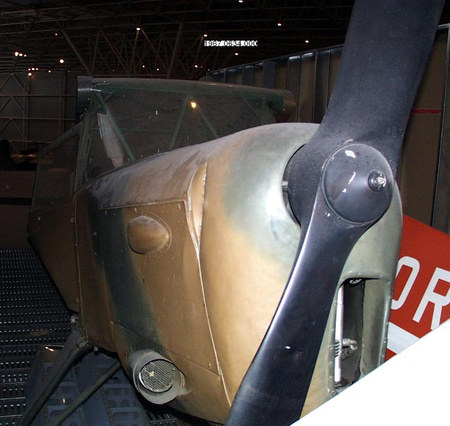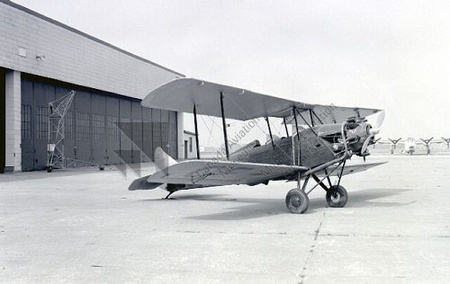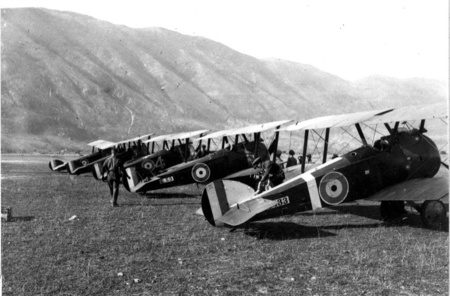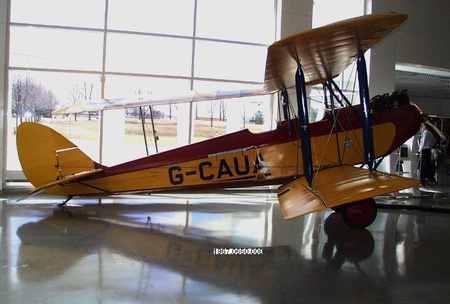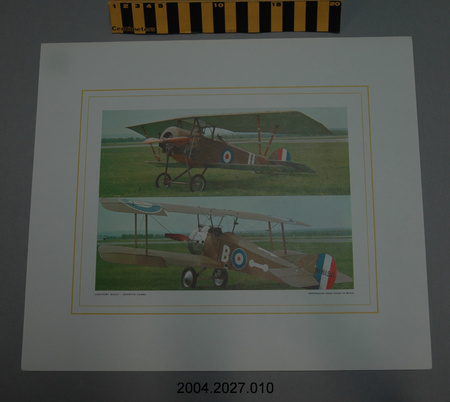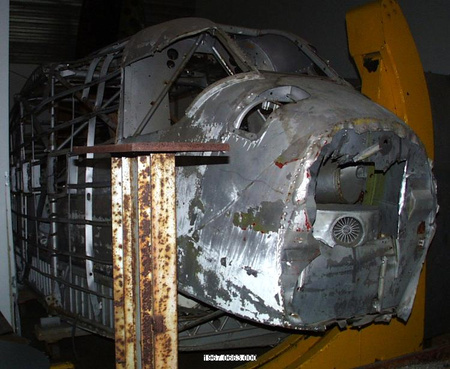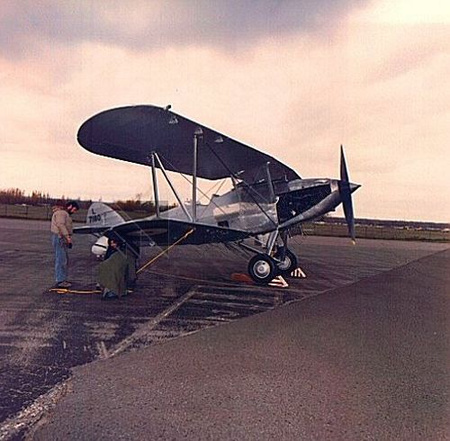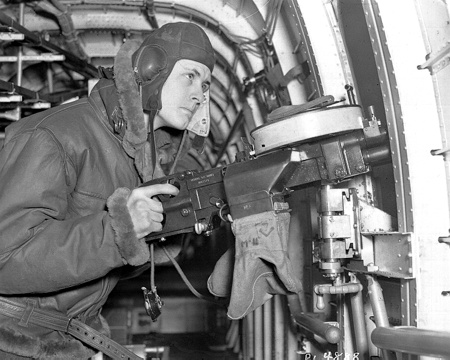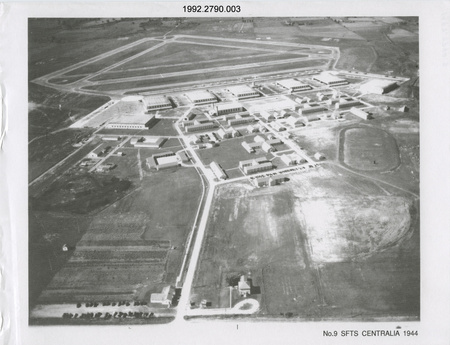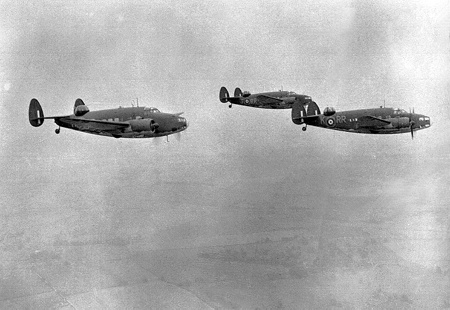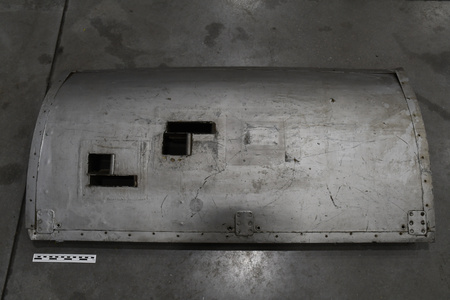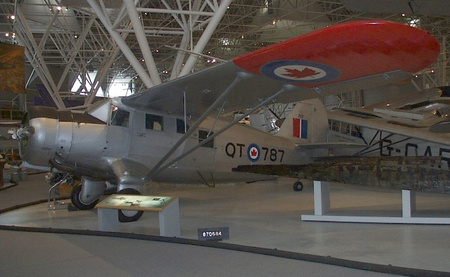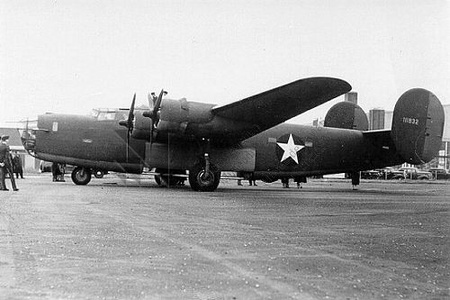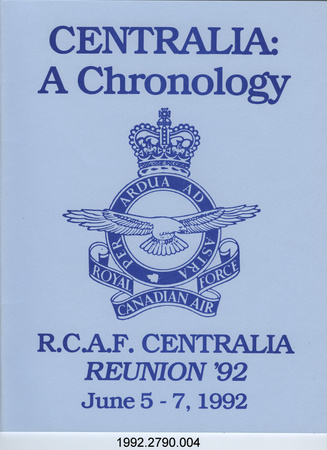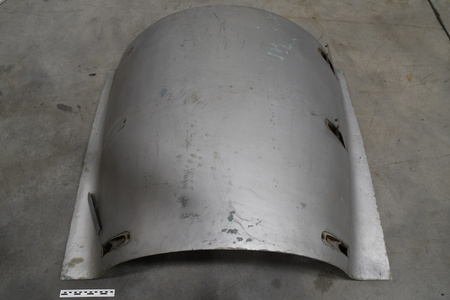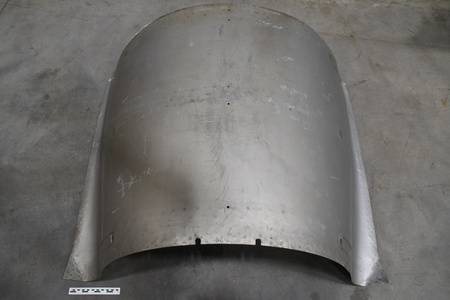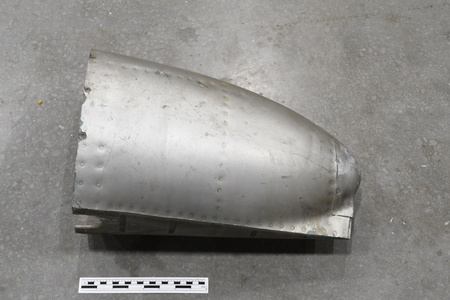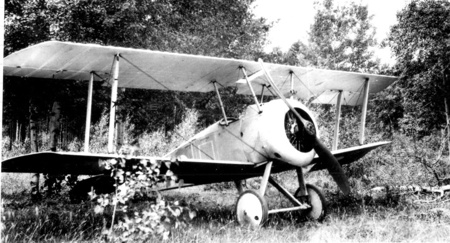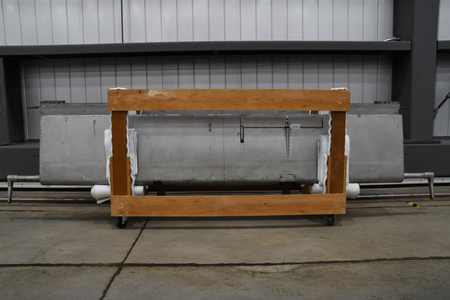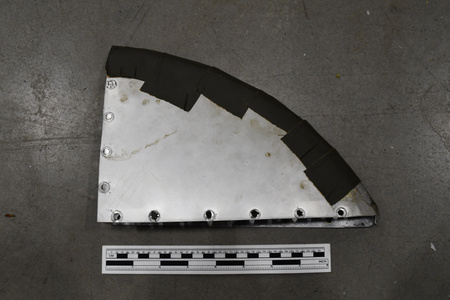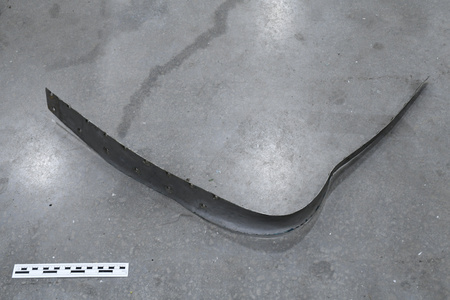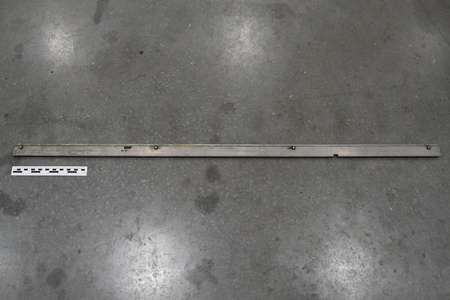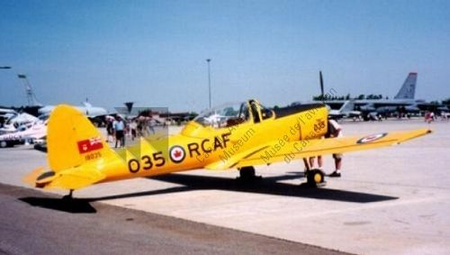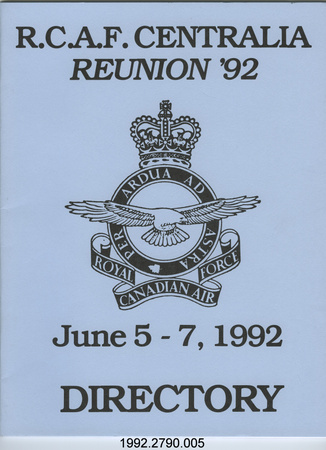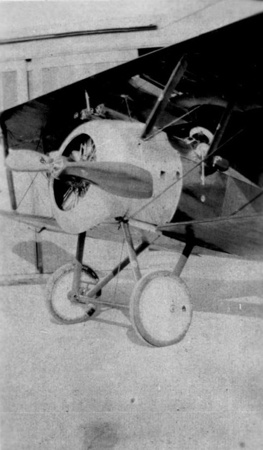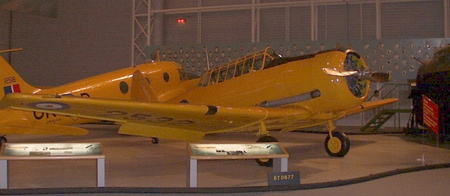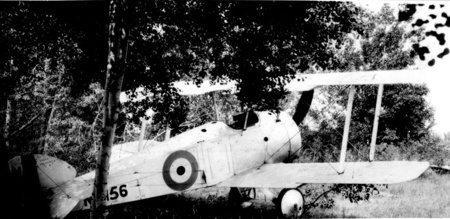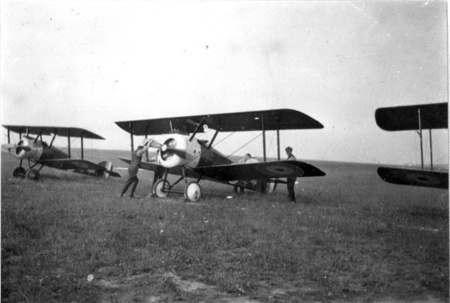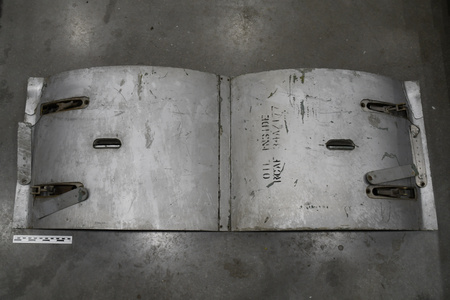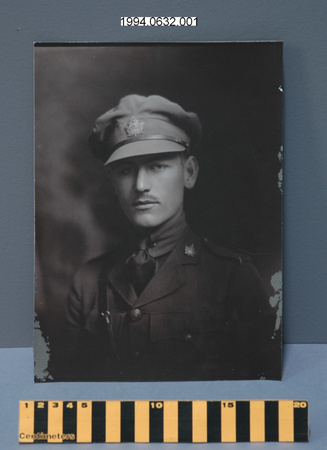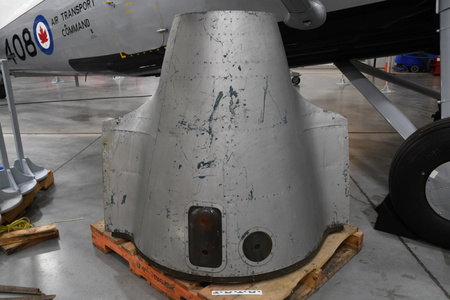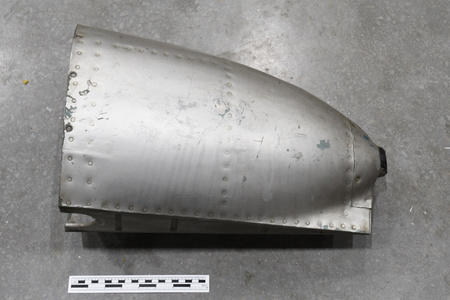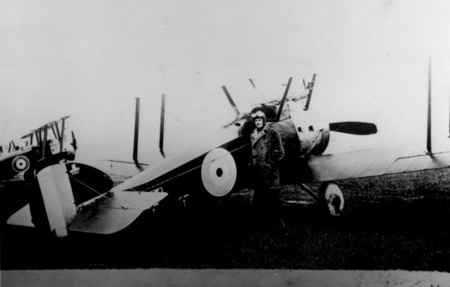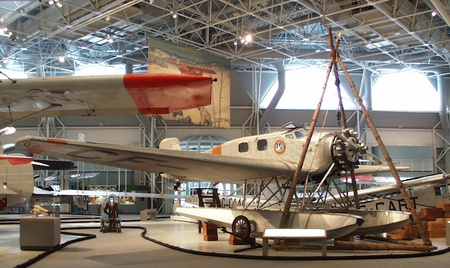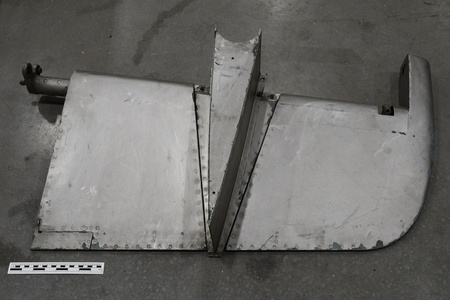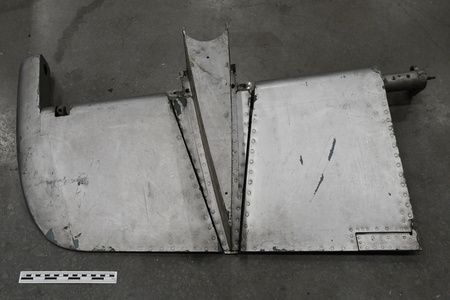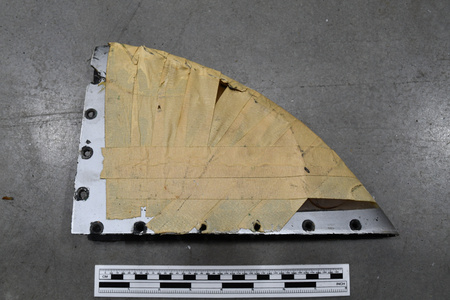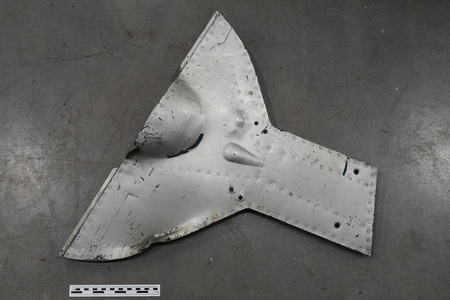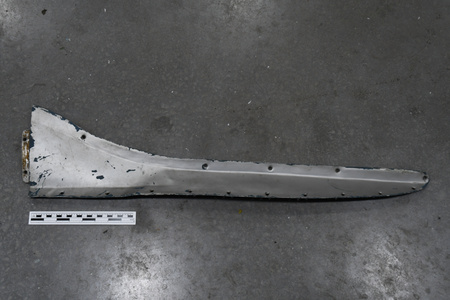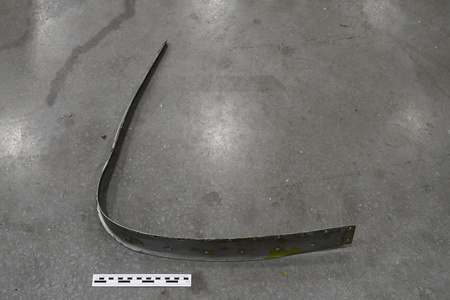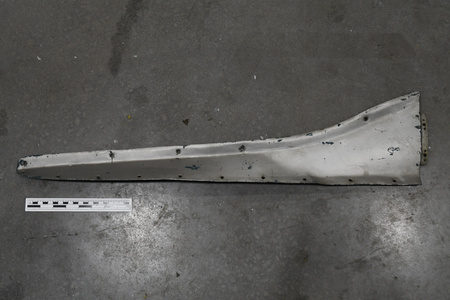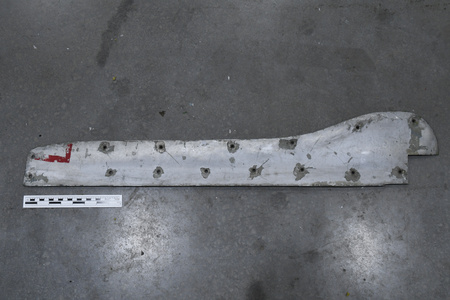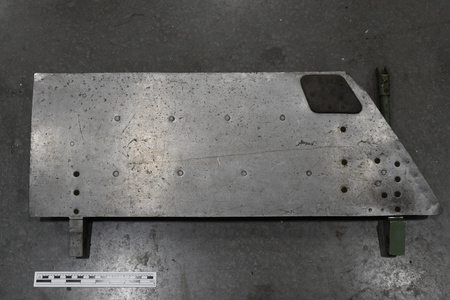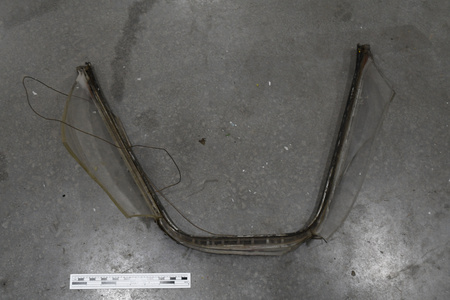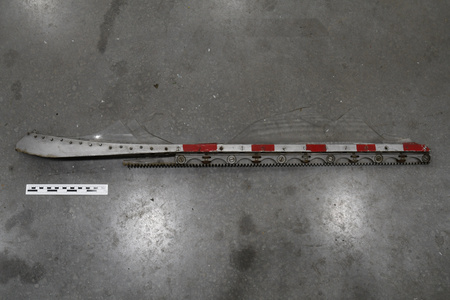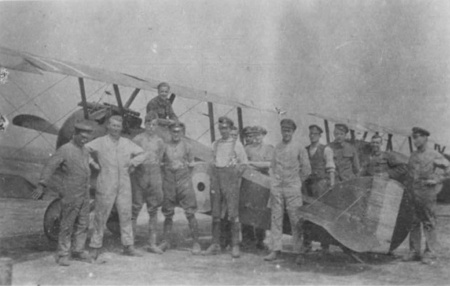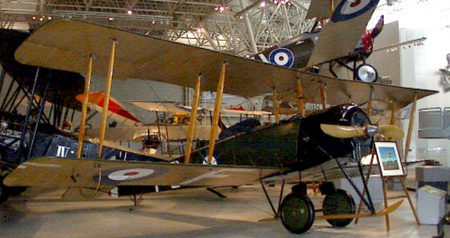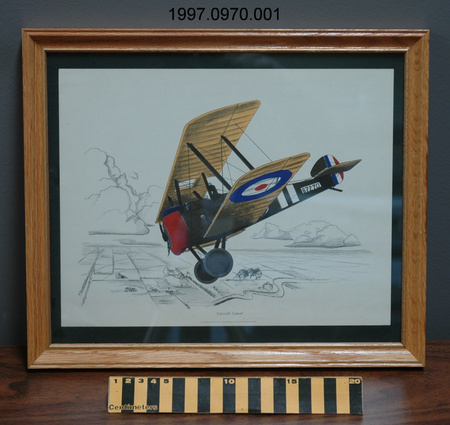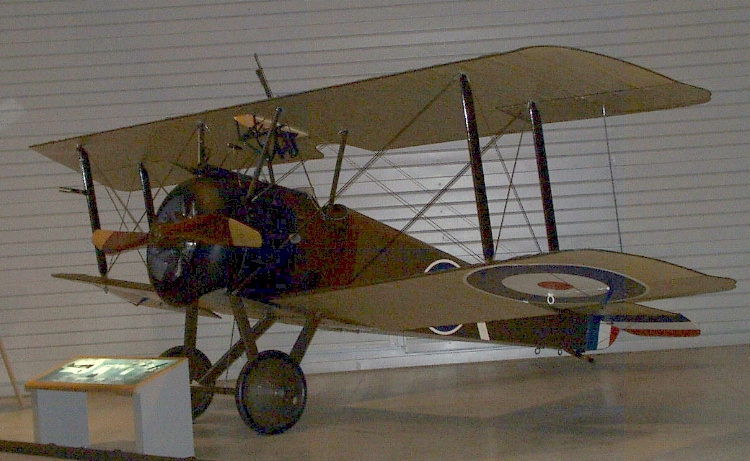Airplane
Use this image
Can I reuse this image without permission? Yes
Object images on the Ingenium Collection’s portal have the following Creative Commons license:
Copyright Ingenium / CC BY-NC-ND (Attribution-NonCommercial 4.0 International (CC BY-NC 4.0)
ATTRIBUTE THIS IMAGE
Ingenium,
1967.0692.001
Permalink:
Ingenium is releasing this image under the Creative Commons licensing framework, and encourages downloading and reuse for non-commercial purposes. Please acknowledge Ingenium and cite the artifact number.
DOWNLOAD IMAGEPURCHASE THIS IMAGE
This image is free for non-commercial use.
For commercial use, please consult our Reproduction Fees and contact us to purchase the image.
- OBJECT TYPE
- N/A
- DATE
- 1929
- ARTIFACT NUMBER
- 1967.0692.001
- MANUFACTURER
- Hooper & Co.
- MODEL
- Sopwith Camel 2F.1
- LOCATION
- England
More Information
General Information
- Serial #
- N/A
- Part Number
- 1
- Total Parts
- 1
- AKA
- N/A
- Patents
- N/A
- General Description
- Unknown
Dimensions
Note: These reflect the general size for storage and are not necessarily representative of the object's true dimensions.
- Length
- N/A
- Width
- N/A
- Height
- N/A
- Thickness
- N/A
- Weight
- N/A
- Diameter
- N/A
- Volume
- N/A
Lexicon
- Group
- Aviation
- Category
- Aircraft
- Sub-Category
- N/A
Manufacturer
- AKA
- Hooper
- Country
- England
- State/Province
- Unknown
- City
- Unknown
Context
- Country
- Unknown
- State/Province
- Unknown
- Period
- The Museum specimen was built in late 1918 and did not serve in First World War. It was purchased by the RCAF in 1924 and used for demonstration flights and as a training airframe. It was loaned to the Canadian War Museum in 1957 then stored and displayed at National Research Centre, Ottawa. It underwent RCAF restoration in 1958–59 and an additional restoration to flying condition in 1966–67. Flown during May and June 1967, it has since remained on display.
- Canada
-
Unknown - Function
-
Unknown - Technical
-
The Sopwith F.1 Camel was developed to replace the Sopwith Pup. Camels began to enter the Royal Flying Corps and the Royal Naval Air Service in the middle of 1917 and met with immediate success. Although mainly used in western Europe, Camels also served in Italy. Some Camels were assigned to home defence, with the cockpit positioned further back and guns placed on the upper wings. The 2F.1 Camel was produced for the RNAS with more powerful engines and modified armament. A total of 5 490 Camels were built. The name "Camel" was derived from the hump-shaped cover over the machine guns. In order to combat Zeppelins, 2F.1 Camels were flown from barges towed behind destroyers, from platforms on the gun turrets of larger ships as well as from early aircraft carriers. A 2F.1 successfully flew after being dropped from an airship, an experiment testing an airship's ability to carry its own defensive aircraft. An armoured trench-fighting version was flown, but did not go into production. A Canadian pilot, Major W.G. Barker, destroyed 41 enemy aircraft while flying Camels. - Area Notes
-
Unknown
Details
- Markings
- N/A
- Missing
- From CA of 02/05/1999 by Mike Irvin: Yes - no, missing plumbing in engine compartment, see eng. #701479.
- Finish
- Unknown
- Decoration
- N/A
CITE THIS OBJECT
If you choose to share our information about this collection object, please cite:
Hooper & Co., Airplane, before 1929, Artifact no. 1967.0692, Ingenium – Canada’s Museums of Science and Innovation, http://collection.ingenium.ca/en/id/1967.0692.001/
FEEDBACK
Submit a question or comment about this artifact.
More Like This
